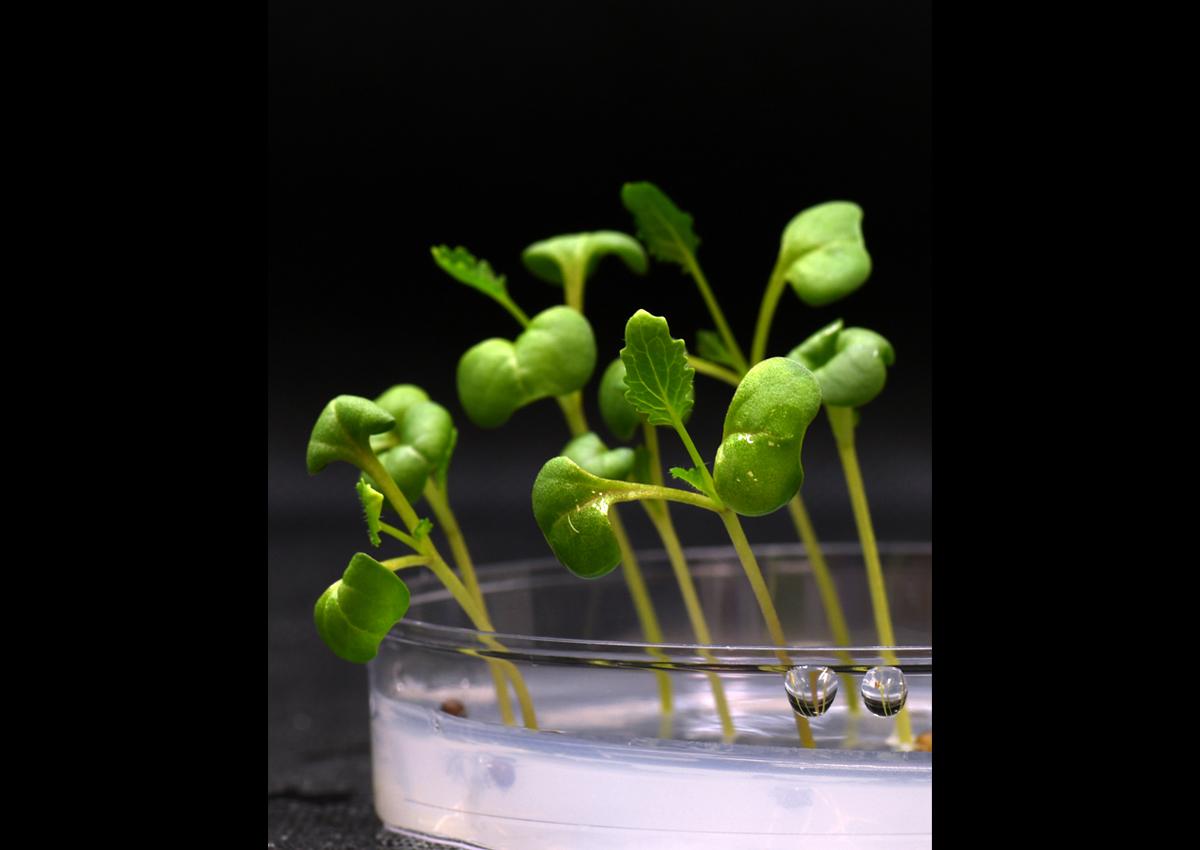News Bits
The USDA's corn and soybean condition ratings moved lower over the past week.
That followed another week of generally hot, mostly dry weather in some key U.S. growing areas canceling out much better conditions in other parts of the region.
As of Sunday, 64% of U.S. corn is in good to excellent shape, 3% less than last week, with 7% of the crop silking, compared to the five-year average of 11%.
63% of U.S. soybeans are called good to excellent, 2% under a week ago, with 96% emerged, matching the usual pace, 16% blooming, compared to 22% on average, and 3% setting pods, in-line with the normal rate.
31% of winter wheat is rated good to excellent, up 1%, with 54% harvested, compared to 48% on average.
66% of spring wheat is reported as good to excellent, a jump of 7% thanks to recent rain in the northern Plains, while 20% of the crop has headed, compared to 57% normally in early July.
36% of cotton is in good to excellent condition, 1% lower, with 44% of the crop squaring, matching the five-year average, and 13% at the boll setting stage, compared to 12% on average.
76% of the rice crop is good to excellent, 3% above the prior week, and 15% of the crop has headed, equaling the five-year average.
31% of U.S. pastures and rangelands are rated good to excellent, unchanged on the week.
Agri-Pulse reports-Russian military advances are threatening fields in southern and eastern Ukraine that are some of the most fertile in the country and are located in the country's primary growing regions for winter wheat, according to market analysts and researchers.
Ukrainian farmers last year were heading out into the fields to harvest their winter wheat on more than 7 million hectares, or 17 million acres. Now, farmers will be lucky to harvest 4.8 million hectares, or about 12 million acres, according to a new forecast by UkrAgroConsult, a firm based in Kyiv. Farmers are harvesting winter wheat in Odesa, a southwest province that has been attacked by Russian missiles, but fields on Ukraine's eastern provinces are either under occupation or siege. "
After the northern part of Ukraine was liberated in early April, all of the hostilities became concentrated in southern and eastern Ukraine," says Maryna Marynych, a research analyst for UkrAgroConsult. Displaying photos of fields pockmarked with blackened blast craters, she added: "As of the end of June, nearly 20% of Ukraine is under occupation, and fields that are close to the frontline look like this."
While 20% of Ukraine may be occupied by Russian forces, more than half the country's winter wheat fields are considered either occupied or at high risk because of their proximity to the fighting. Large swaths of Ukraine's most productive wheat-growing area are in Kherson and Zaporizhzhia provinces - or oblasts - but that's where the heaviest fighting is, and much of the region is under Russian control.
Radio Oklahoma Farm Network reports: Thousands of Dutch farmers have taken to the streets to protect their government's plan to shut down as much as one third of the meat production in their country- all in the name of reducing their greenhouse gas emissions.
According to Politico - now you have the police firing shots on tractors- "Dutch police fired shots at tractor-riding farmers who were protesting against plans to cut nitrogen emissions on Tuesday evening in northern Netherlands.
Police said they were responding to a "threatening situation" when the farmers, who were attempting to push past a blockade to get onto a highway in the province of Friesland, started to drive their tractors into officers and their vehicles.
"Dutch farmers have this week been protesting government plans that could require farmers to use less fertilizer and reduce their livestock numbers, which could force some farms to shut.
"The Dutch government wants to reduce emissions of nitrogen oxide and ammonia, which are produced by livestock, by 2030. Cuts could reach 70 percent in some areas, under the plans."
Meanwhile- an Op-Ed on the website Zerohedge is more blunt abbout the war between farmers and their government- Kit Knightly writes "While the scheme is allegedly about limiting nitrogen and ammonia emissions from urine and manure it's hard not to see this in the broader context of the ongoing created food crisis.
"The Netherlands produces a massive food surplus and is one of the largest exporters of meat in the world and THE largest in Europe. Reducing its output by a third could have huge implications for the global food supply, especially in Western Europe.
"Perhaps more troubling is how this could act as a precedent.
This isn't the first "pay farmers not to farm" scheme launched in the last year - both the UK and US have put such schemes in place - but a government paying to reduce it's own meat production? That is a first.
"That it is (allegedly) being done to "protect the environment" makes it a big warning sign for the future. Denmark, Belgium and Germany are already considering similar policies.
"The Western world seems to be enthusiastically embracing quasi-suicidal policies."
Gina McCarthy would be proud.
 Artificial Photosynthesis Produces Food without Sunshine
Artificial Photosynthesis Produces Food without Sunshine Artificial Photosynthesis Produces Food without Sunshine
Artificial Photosynthesis Produces Food without Sunshine